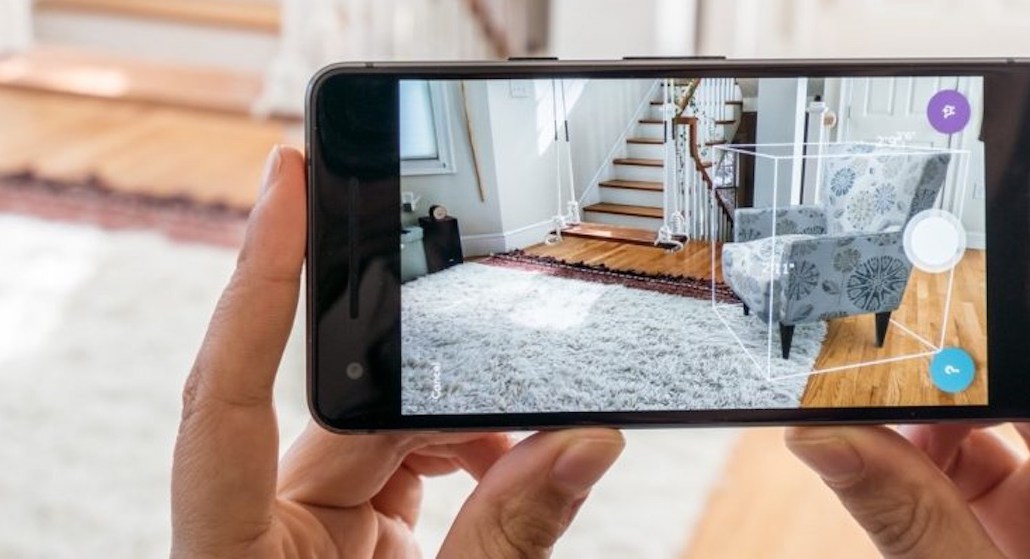Save 50% on a 3-month Digiday+ membership. Ends Dec 5.

Subscribe to our weekly retail briefing for more exclusive coverage, interviews and analysis around the modernization of retail and e-commerce.
Online furniture retailer Wayfair wants its customers to have to do as little as possible when they’re picking items to buy.
Wayfair is creating digital experiences on its website and app that include personalized recommendations based on what the retailer knows about the customer, and visualization capabilities that are as close as possible to a physical in-store experience or having a designer visit a customer’s home.
“You don’t [always] exactly know what you’re looking for,” said John Kim, Wayfair’s global head of algorithms and analytics. “If customers log in and engage with our site, we’re able to be more effective at personalizing the site to them; we want to create idea boards.”
Wayfair, established in 2002, was an early entrant in e-commerce furniture market. As upstarts like Amazon and traditional retailers like Lowe’s, Target and Walmart invest in virtual and augmented reality and other digital tools, Wayfair is focusing on creating as relevant an experience as possible for the customer by turning its web and app into a virtual concierge that guides the customer through the furniture buying process. Instead of focusing on specific pieces of furniture, it lets customers play with how different items might look in their home, recommending groups of items like a designer would do. They can search for a particular type of furniture by uploading a picture of something that resembles what they’re looking for; through a “Shop the Look” feature, customers can build a virtual room according to a particular style; and the app uses augmented reality to help customers see how a furniture item would look in their physical space.
“There are specific characteristics about the home that make it a unique problem to solve; the home is highly visual, we’re dealing with products that are very large and bulky and can’t be dropped by drone,” Kim said. Wayfair’s competitive advantage is its focus on furniture and ability to create curated digital experiences, he said.
Wayfair rolled out digital personalization tools early, with augmented reality features available two years ago, and image searches and “Shop the Look” features going live last year. Building the tech in-house gives it a leg up, Kim said, and despite its digital-only delivery model, it’s staking a competitive position by adding phone support and offering customers opportunities to consult professional designers who use its tech platform to offer added value. The more the site knows about the customer based on search behavior, the more relevant the recommendations and product listings.
Ad position: web_incontent_pos1
“One of our biggest challenges is making sure our vast catalog most relevant, otherwise a big catalog can actually hurt you,” he said.
The company, however, faces competitive pressure from Amazon and other brick-and-mortar retailers that are investing in digital capabilities. Brendan Witcher, principal analyst at Forrester Research, said furniture is a difficult area in which to make inroads through an entirely digital business model. As furniture retailers focus on hybrid digital-physical delivery methods, large, established companies have an advantage, he added.
“Legacy companies have more tools in their kit to win the customer; with Walmart acquiring jet.com, they’re flexing their muscles and their objective now is how to create an excellent digital experience,” he said.
A digital-only brand and a marketing strategy based on search also means higher customer acquisition costs. According a report from Jaime Katz, senior equity analyst at Morningstar, over the last five years, Wayfair has spent an average of 12.5 percent of sales on advertising, while Williams-Sonoma has averaged seven percent, RH 6 percent and Bed Bath & Beyond 3 percent. Still, Katz wrote that Wayfair’s advantages in the market are its breadth of product offerings and its logistics network which allows for faster delivery of its products compared to most of its peers. Meanwhile, despite the growing number of players moving into digitally curated personalized experiences, Wayfair has an advantage in being an early mover — a way it can endear customers to the brand. In the fourth quarter of 2017, Wayfair’s direct retail revenue, which consists of sales from its five sites, was $1.4 billion — around 30 percent of its total net revenue for that year.
“Their approach to redefining search [based on images] is interesting and important,” said Danny Esner, svp of marketing at NuOrder. “Moving beyond text-based search towards image and voice is the next wave. “
Ad position: web_incontent_pos2
As to whether Wayfair is planning to complement its digital offerings with a physical presence, Kim said it’s open to it. The company is rumored to be opening a Boston store, and this week, the city of Florence, Kentucky announced in a tweet that Wayfair would be opening a store there, where it already has a distribution center.
More in Marketing

Ulta, Best Buy and Adidas dominate AI holiday shopping mentions
The brands that are seeing the biggest boost from this shift in consumer behavior are some of the biggest retailers.

U.K. retailer Boots leads brand efforts to invest in ad creative’s data layer
For media dollars to make an impact, brands need ad creative that actually hits. More CMOs are investing in pre- and post-flight measurement.

‘AI is permeating everything we do’: How Guitar Center developed 2 AI tools this year
This summer, the company launched a chatbot called Rig Advisor to help customers find the right instruments and products.
Ad position: web_bfu




